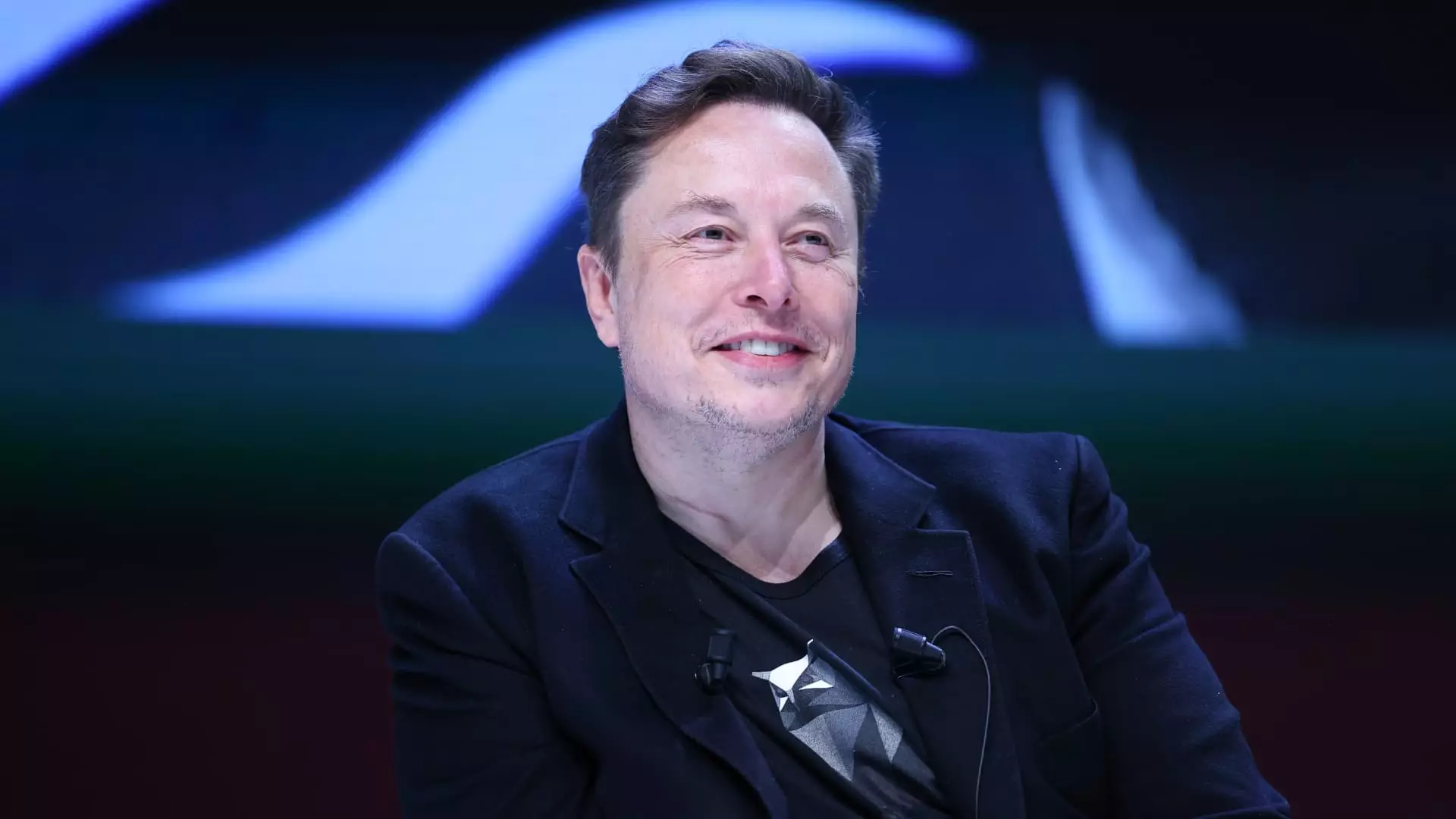Tesla, Inc., the leading player in the electric vehicle (EV) market, has found itself in the spotlight following an impressive rally that saw its stock surge dramatically. Following one of the sharpest single-day increases for the company since 2013, its stock closed at levels not seen for over a year. Despite this buoyancy, a closer examination reveals both the triumphs and tribulations awaiting the company in the ever-evolving automotive landscape.
On a Friday that witnessed a 2.8% increase in Tesla’s stock price, bringing it to $267.79, market analysts were optimistic about what this momentum could mean for the company’s future. The stock’s trajectory has completely reversed its early-year losses, now reflecting an 8% increase in 2024, albeit still lagging behind the Nasdaq’s impressive 24% growth. This rapid climb in share price acts as a testament to investor confidence, underscored by a revised price target from Piper Sandler, which raised its 12-month prediction from $310 to $315. Analysts credited this adjustment to anticipated higher delivery numbers and enhanced profit margins.
Interestingly, Tesla’s shares had skyrocketed by 22% just days prior, marking one of the company’s most significant performances since its initial public offering in 2010. This surge followed the release of third-quarter financials, which, while slightly below analyst predictions for revenue, showcased an 8% year-over-year increase. Adjusted earnings per share exceeded expectations, illustrating the company’s growing profitability.
A notable component boosting Tesla’s earnings was the considerable revenue generated from environmental regulatory credits, amounting to $739 million. However, industry experts, including those from JPMorgan Chase, cautioned that relying on such credits could be a precarious approach to sustainable growth. Moreover, the company saw $326 million in revenue from its Full Self-Driving (FSD) program, which continues to be a focal point of Tesla’s innovation strategy.
Chairman and CEO Elon Musk’s vision for future growth appears ambitious, with expectations of 20% to 30% vehicle growth next year. He attributes this potential acceleration to the introduction of lower-cost EVs and advancements in autonomous driving technologies. However, market projections from other analysts remain more conservative, suggesting delivery growth could be around 15% by 2025.
Despite Musk’s enthusiasm, doubts linger about the timelines for new products. He revealed plans to commence production of the recently unveiled Cybercab—Tesla’s futuristic robotaxi—by the close of 2026. While these innovations point toward an exciting future, the path to their realization remains fraught with uncertainty, particularly with ongoing debates surrounding the safety of driverless cars.
Competitive Landscape and Market Risks
Tesla’s resurgence, while commendable, occurs against a backdrop of fierce competition. In China, traditional automotive giants like BYD and Geely are intensifying their market presence alongside emerging players such as Li Auto and Nio, which threaten Tesla’s foothold. Meanwhile, in the U.S., established manufacturers like Ford and General Motors are ramping up their electric vehicle offerings, despite retracting previous ambitions regarding electrification strategies.
Such competitive pressures introduce significant risks that Tesla must navigate as it strives for market supremacy. Notably, analysts have expressed concerns over Tesla’s lagging capabilities in autonomous driving technology compared to competitors. Bernstein’s analysts noted Musk’s tendency for overly optimistic projections regarding FSD, warning that the company could be falling behind its rivals.
The recent spike in Tesla’s share price also had personal ramifications for Elon Musk, significantly increasing his net worth by approximately $30 billion to about $274 billion. This elevated status not only cements his position as the world’s wealthiest individual—$60 billion ahead of the second-richest person—but also reflects the broader market’s faith in Tesla as a pivotal player in future mobility solutions.
Nevertheless, despite these gains, Tesla remains approximately 35% below its all-time high from 2021, serving as a reminder of the volatility inherent in the tech and automotive sectors alike.
While Tesla’s recent stock performance indicates a revival of investor interest, it must focus on addressing competitive challenges, ensuring sustainable revenue streams, and delivering on ambitious promises to maintain its status as a leader in the EV industry.


Leave a Reply
You must be logged in to post a comment.